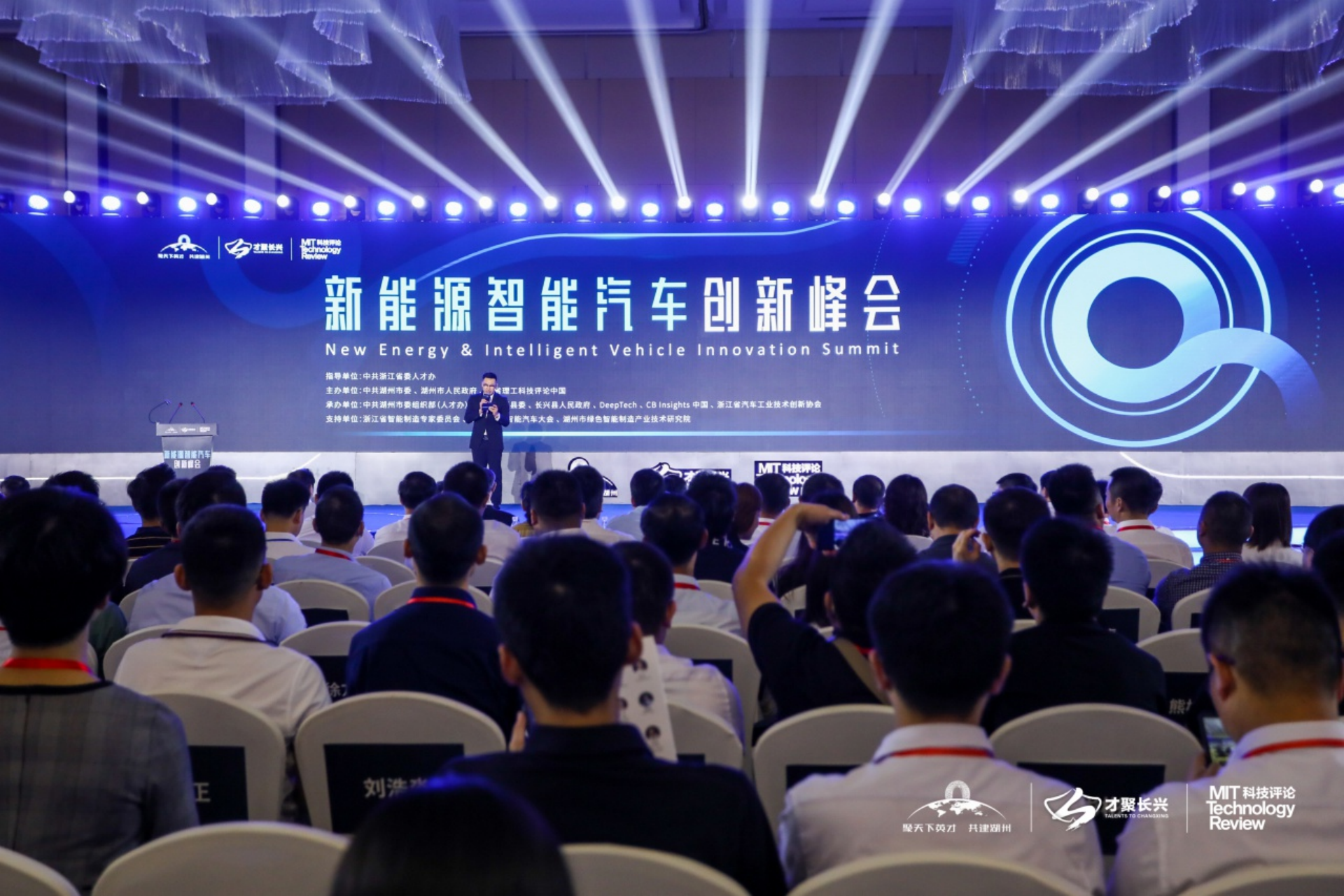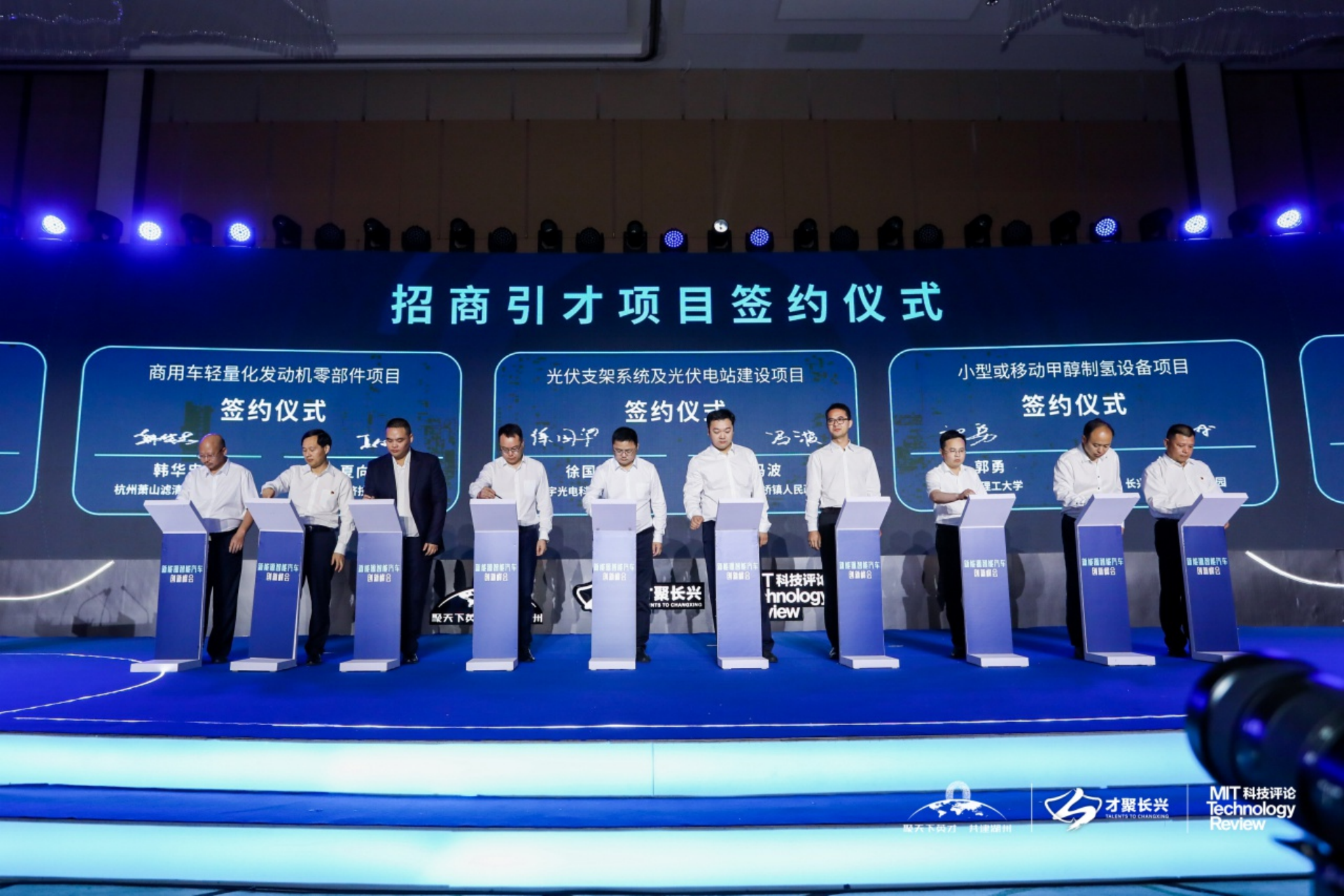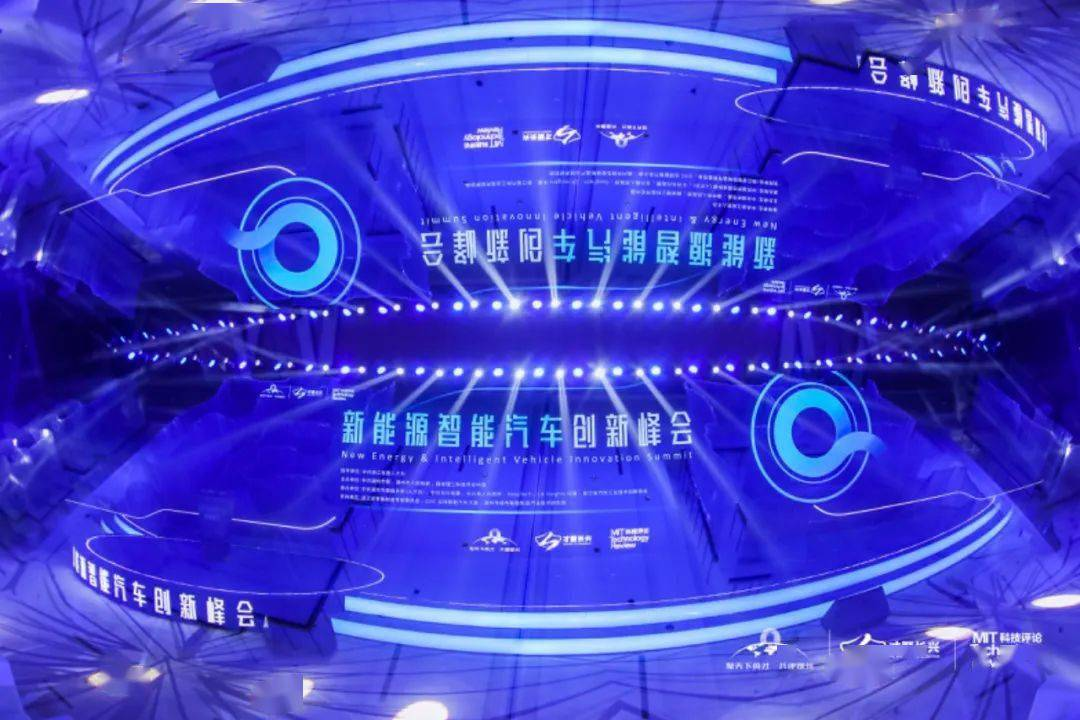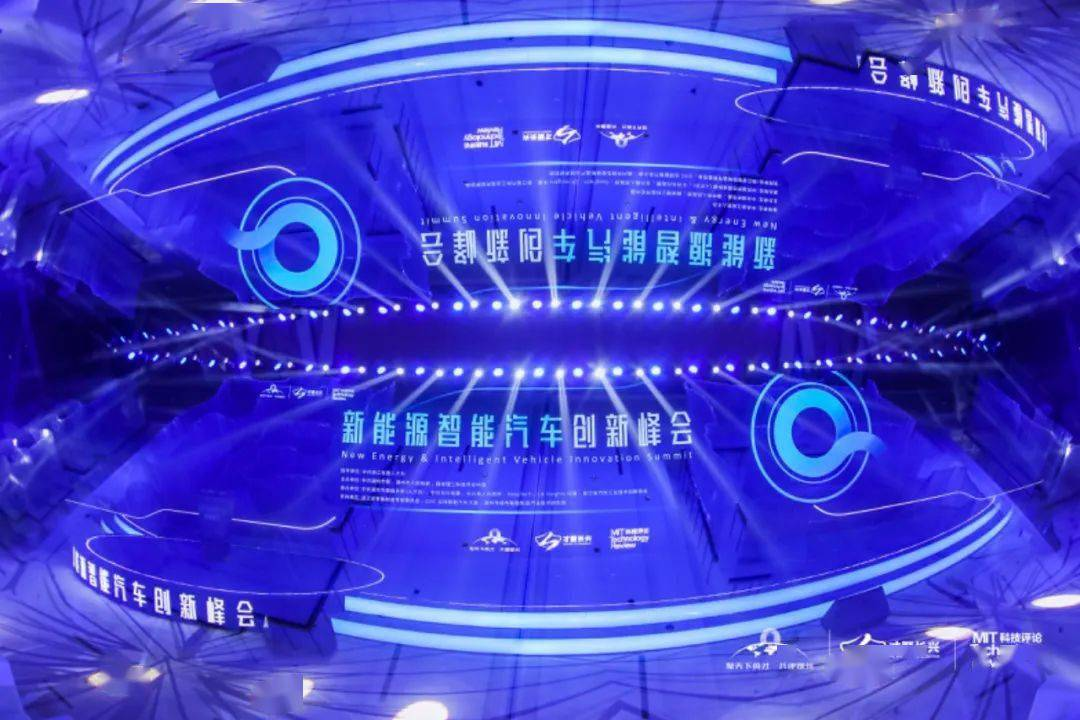In recent years, with the support of the Chinese government for the new energy automobile industry and the attention of the capital market, new energy vehicles have gradually entered the mass consumer market.
From June 5th to 6th, the New Energy Intelligent Automobile Innovation Summit was held in Changxing County. This event brought together many authoritative experts and practitioners in the industry to discuss and exchange ideas on the new round of energy revolution, industry upgrading, and the development path of the new energy battery industry.

During the event, under the guidance of the Talent Office of the Zhejiang Provincial Committee of the Communist Party of China, it was jointly organized by the Huzhou Municipal Committee of the Communist Party of China, the Huzhou Municipal People’s Government, and MIT Technology Review China.
The guests attending the event included important leaders of the Huzhou Municipal Government, academicians of the Chinese Academy of Sciences, such as Shen Xuechu, researcher of Shanghai Institute of Technical Physics of the Chinese Academy of Sciences, academician of the Mechanical and Transportation Engineering Division of the Chinese Academy of Engineering, dean of the Department of Mechanical Engineering of Zhejiang University, Tan Jianrong, academician of the Canadian National Academy of Engineering, academician of the Royal Academy of Sciences of Canada, and professor of Sustainable Energy Research Institute of Shanghai University, Zhang Jiujun, academician of the Japanese Academy of Engineering, and professor of Shanghai Jiao Tong University, Li Jie, and other heavyweight academicians. In addition, there were representatives from related new energy intelligent automobile industry chain upstream and downstream companies such as Leapmotor, Hezhong New Energy Automobile, ARCFOX, Geely Group, Tieneng Group, Super Power Group, AIWAYS, RAYSEED Intelligent, Quiantu, and other related enterprises.
At the opening ceremony, the “Special Report on the New Energy Intelligent Automobile Industry” and the China New Energy Intelligent Automobile Innovation Enterprise List were announced, and the signing ceremony of investment and talent introduction projects was held, with 10 projects settling in Changxing.
In recent years, Huzhou has closely focused on the talent chain layout of the industry chain, continuously upgraded the talent introduction strategy, and established an engineer collaboration and innovation center by focusing on characteristic industries, integrating university resources, and solving generic problems through multi-party collaboration and innovation. For example, Changxing has established a new energy industry engineer collaboration and innovation center with 39 engineers, helping enterprises to overcome 23 technical difficulties. “To boost the development of the new energy intelligent automobile industry, we have upgraded the “Nan Taihu Elite Program” and accurately attracted talents in the field of new energy intelligent automobiles. We will provide up to 60 million yuan in funding to selected entrepreneurial talents,” said a person in charge of the Huzhou Talent Office, adding that focused on building a “low-cost entrepreneurship city and a high-quality life city”, Huzhou has specially developed the “Talent Digital Brain,” which provides functions such as “One-Click Application” for talent policy, “One-Net Management” for talent entrepreneurship, and “One-Code Exclusive Benefits” for talent services, greatly facilitating talent innovation and entrepreneurship in Huzhou.
 At present, the form and pattern of the global automobile industry are being reshaped. The development of electrification, intelligence, networking and sharing is the trend. Whether for traditional manufacturers or new players, it is necessary to accurately grasp technological innovation to seize the new energy automotive technology and industry development.
At present, the form and pattern of the global automobile industry are being reshaped. The development of electrification, intelligence, networking and sharing is the trend. Whether for traditional manufacturers or new players, it is necessary to accurately grasp technological innovation to seize the new energy automotive technology and industry development.
Although remarkable achievements have been made in the development of electric vehicles, there are still many problems that need to be solved in this process. As a new intelligent terminal, what kind of future will the automotive industry ultimately lead to?
According to Wu Baojun, Co-founder, Director and CEO of LI Automotive, fuel efficiency in the automobile era represents the quality of the vehicle’s power function. Now, new energy vehicles and electric vehicles are evaluated based on battery technology and electronic control technology, represented by energy density and vehicle operating efficiency provided by unit energy.
He also believes that with the development of perception and algorithm technology, the brain of new energy vehicles is also becoming more mature. Vehicles powered by electricity make it easier for perception and computation components centered on electronic components to merge into one entity. First, sensing elements and visual recognition technology are critical to autonomous driving, and I personally support the direction of visual signal collection as the main automatic driving judgment technology, similar to the human eyes being the primary source of walking and motion signals, which is the key to automatic driving bio-mimetic technology.
Liu IMa, Senior Vice President of NIO, believes that the high cost of batteries is still a major constraint in the development of electric vehicles. No matter how automobiles develop in the future, safety, energy saving, environmental protection, and comfort will always be the core. It cannot be said that intelligent driving ignores these aspects, as it is a theme.
Wang Deng, Head of Business Innovation at JH Brand, believes that in the past few years, we have experienced a decade of transformation from traditional cars to electric cars, and this year is the first year of intelligent cars. From this year onwards, we believe it will accelerate into a new stage of development for the deep integration of electric and intelligent automobiles.
Currently, the key for automobile brands is to solve the platform, core components, and intelligent technology of autonomous driving and deliver reliable products to users.
Of course, besides the whole vehicle, convenience in energy replenishment for electric vehicles is also a focus of this summit. Among them, Li Jiang, Vice President of Beten Engineering Technology Co., Ltd in Hangzhou, expressed his views on charging and swapping. Assuming that all fuel cars are replaced with electric vehicles, the estimated power consumption is about 450 billion kilowatt hours, which accounts for 6.1% of the total social electricity consumption. At this time, using charging piles will obviously cause a lot of interference to all residents in a residential area, and the current charging solution cannot solve the scale development of electric vehicles in the end.
The biggest obstacle to promoting electric vehicles at present is “expensive to buy and inconvenient to use.” The reason for the expensive price is that the battery accounts for over 40% of the cost of an electric car, and the inconvenience of use is due to the insufficient convenience of charging. Therefore, the ultimate reason for the expensive and inconvenient use of electric vehicles is to limit the scale of market development. To reduce costs and increase the convenience of power supply, a battery swap network is needed.
Finally, with the continuous gathering of industrial talents, the leading role of talents is becoming more and more obvious. It is reported that Huzhou has 110 automobile manufacturing enterprises above designated size, including 2 national technology innovation demonstration enterprises, 2 national enterprise technology centers, 4 provincial enterprise technology centers, and 9 enterprise research institutes, basically forming a complete industrial chain covering the field of new energy vehicles.
Taking Changxing as an example, in the field of intelligent automobiles and key components, Changxing has formed an industrial chain of whole vehicles, key components, research and development, and services, attracting a number of excellent projects such as Geely Automobile. At present, Changxing has 32 enterprises above designated size, with a total output value of 3.59 billion yuan in 2020. In terms of automobile power, Changxing has formed a relatively complete industrial chain of battery research and development, production and assembly, raw and auxiliary materials processing, spare parts manufacturing, sales, and waste battery recycling, with 28 enterprises above designated size including Tieneng Group and Chaowei Group. In 2020, the total output value reached 16.55 billion yuan.
At present, Huzhou is actively creating a national-level car networking pilot zone. Intelligent networked vehicle testing sites have been built, intelligent road reconstruction has been completed for 158 kilometers, and the “Seven Opinions on Supporting the Conduct of Automatic Driving Testing Services” have been launched first in the country. 15 enterprises such as Geely, Yingche, and Kuwa have been attracted to settle in Huzhou.
_🔗Source of information: conference scene
This article is a translation by ChatGPT of a Chinese report from 42HOW. If you have any questions about it, please email bd@42how.com.
